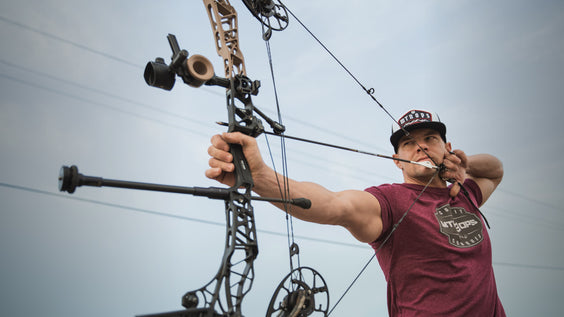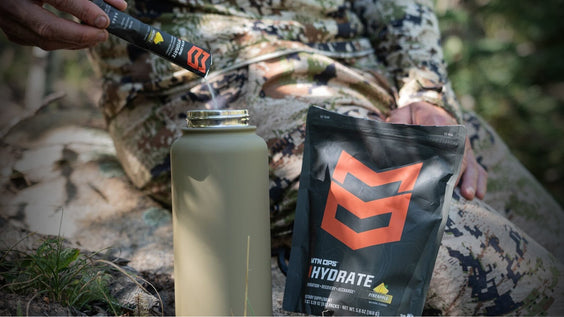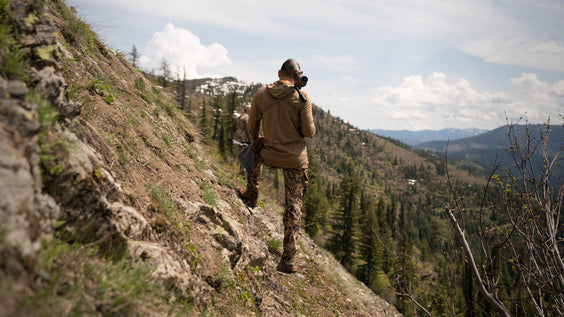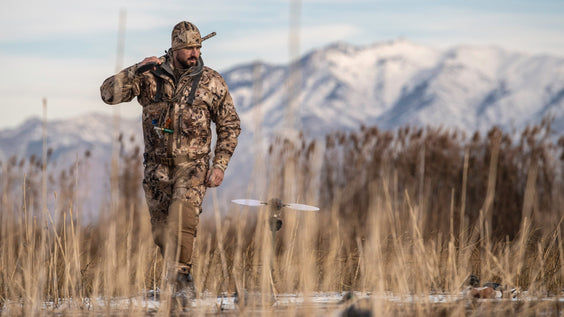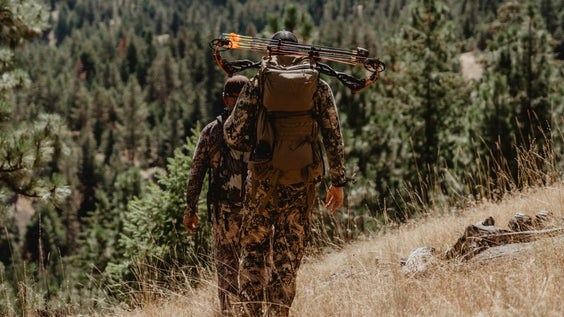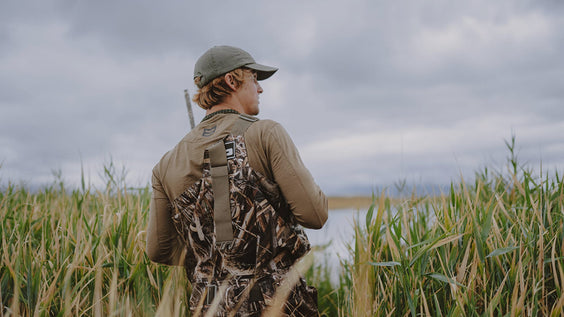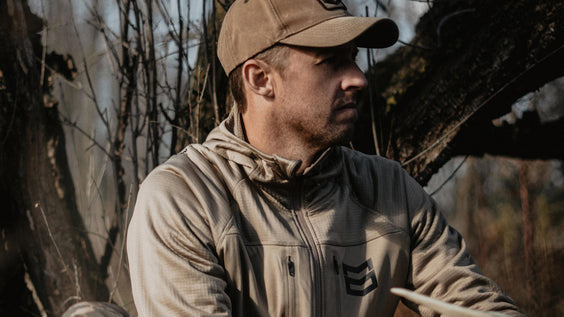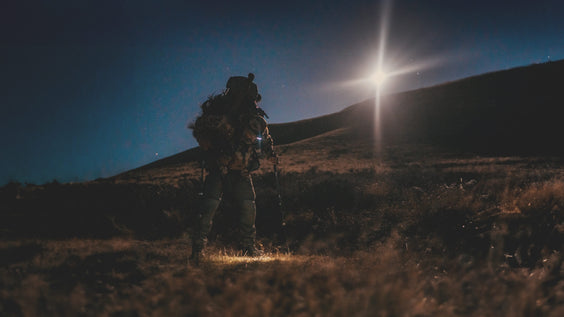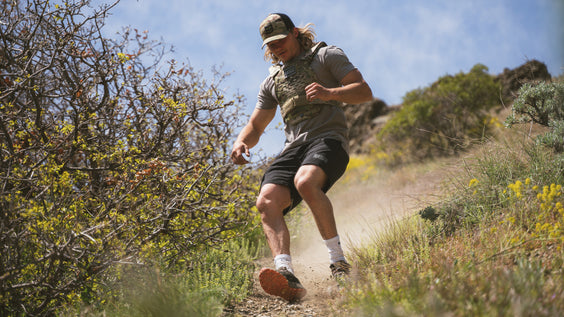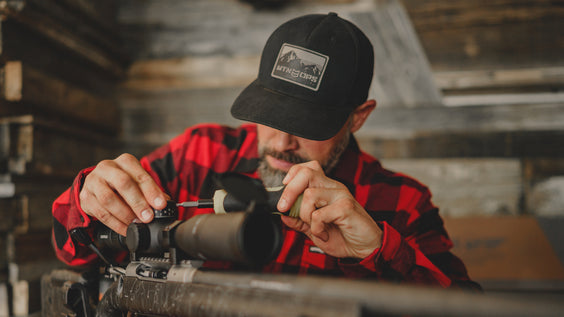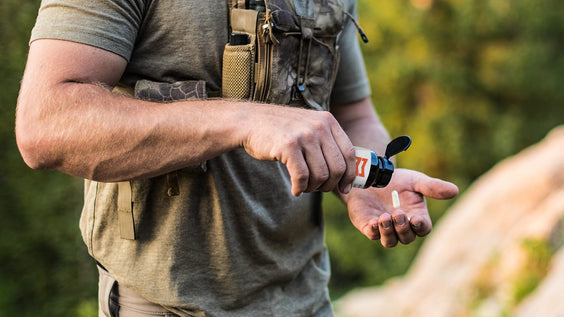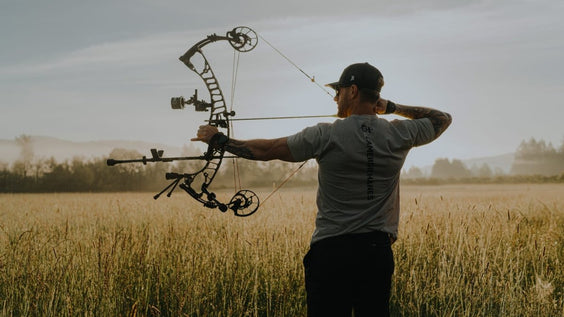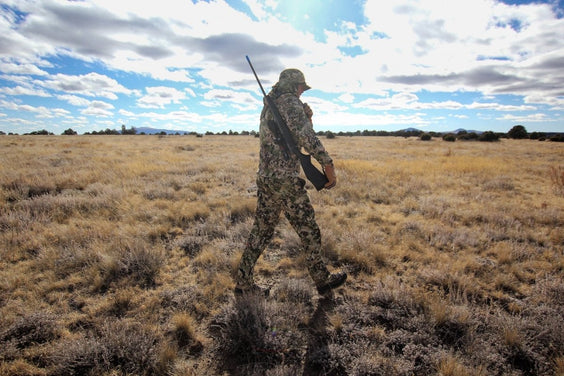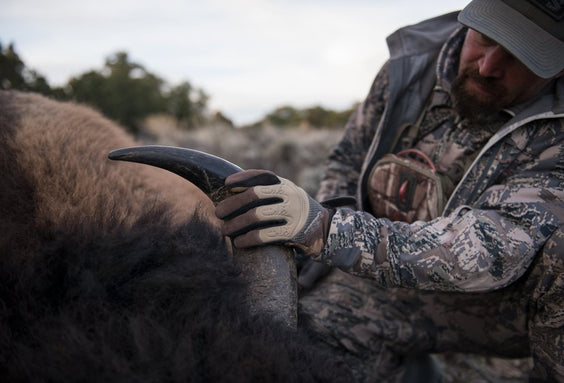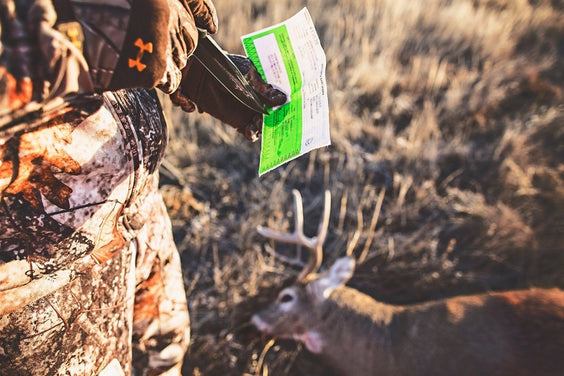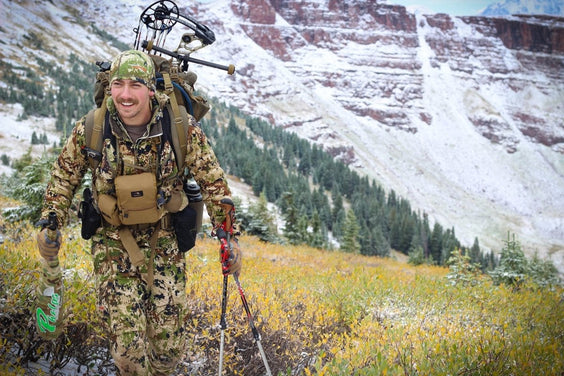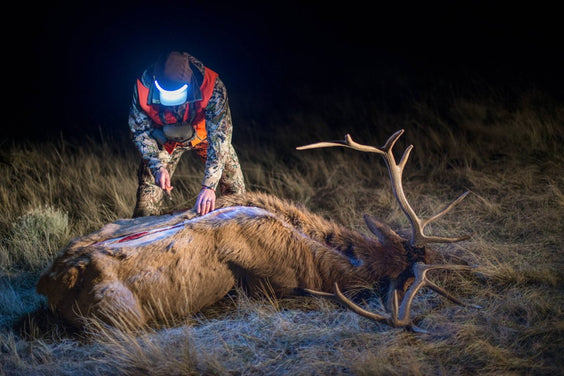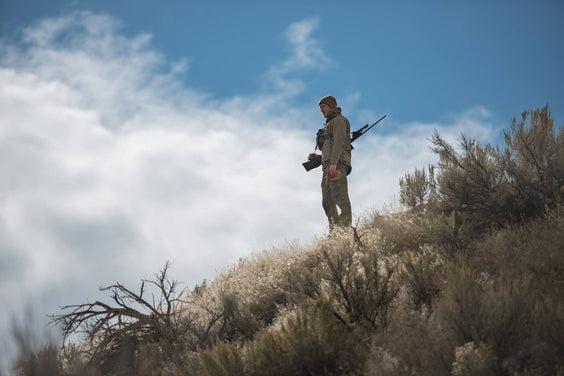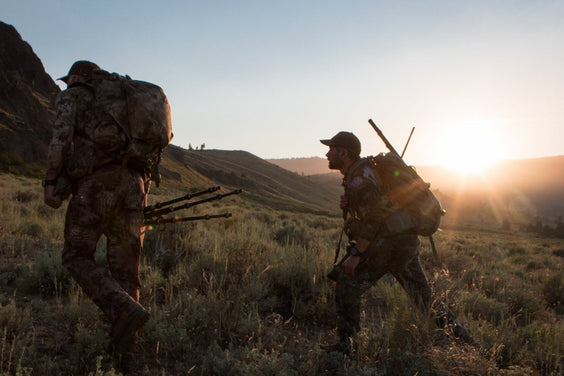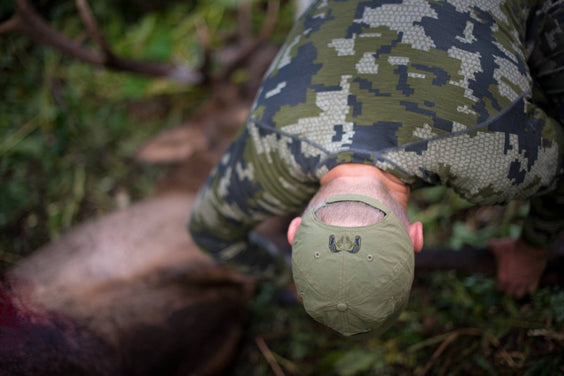

3 Unique Ways to Mix Up Your Archery Practice
Apr 25, 2025
By Trevor Farnes
Mountain hunting, especially with a bow, is no easy task. Let’s be honest: Successfully harvesting an animal with a bow requires countless hours of intentional practice. But here’s the key, it can’t be random. If you want to thrive under the real, unpredictable circumstances you’ll face on the mountain, your practice needs to evolve.
Here are three unique ways to mix up your archery training so you can become a more effective archer—on and off the mountain.
1. Blank Bale Shooting
If you’ve ever dealt with target panic, you know how frustrating it can be to break through. Blank bale shooting offers a way to strip away the pressure of aiming and zero in on the mechanics of a clean, repeatable shot.
What to do: Shoot arrows at a large target (or bale) from a close distance with no target face—just the bale.
Why it works: It removes the mental stress of aiming and allows archers to focus solely on form, release, and consistency.
Used for: Building muscle memory, refining shot execution, and calming nerves through repetition.
2. Shot Process Journaling
Ever notice small quirks in your shot that seem to show up randomly? They’re not random. Journaling your practice sessions helps bring those quirks to light so you can make subtle, effective adjustments over time.
What to do: After each session (or even each shot), write down what went well, what felt off, and what changes you made.
Why it works: This builds awareness, reinforces learning, and helps you identify patterns and solutions that can otherwise go unnoticed.
Used for: Mental programming, self-coaching, and increasing intentionality during every practice session.
3. Elevated Reps
It might sound crazy, but if you’ve got the space, the roof of your house, cabin, or shed can become a great training ground. The goal is to replicate real-world angles—whether it’s from a treestand or a steep incline on the side of a ridge.
What to do: Practice from elevated positions to simulate the steep angles you'll face in the field. If needed, head up the mountain or out into the country for even more realistic setups.
Why it works: Arrows fly differently on downhill or awkward-angle shots, and your shooting form needs to adapt.
Used for: Improving balance, adjusting form in real-time, and making ethical, accurate shots when it matters most.
Bonus: Heart Rate Spike Drills
What to do: Perform a quick burst of exercise (e.g., jumping jacks, burpees, or a short sprint) immediately before shooting.
Why it works: It simulates the adrenaline and elevated heart rate of a real encounter.
Used for: Training composure, breath control, and precision under pressure.
Conclusion
Great archery isn't built through mindless repetition—it's built through smart, intentional training that mimics the real demands of the hunt. Whether you're preparing for a high-country elk trip or dialing in for whitetail season, these strategies will help you perform when the moment of truth arrives. Mountain hunters know that success favors the prepared. So get creative, mix it up, and practice like it matters—because on the mountain, it absolutely does.
